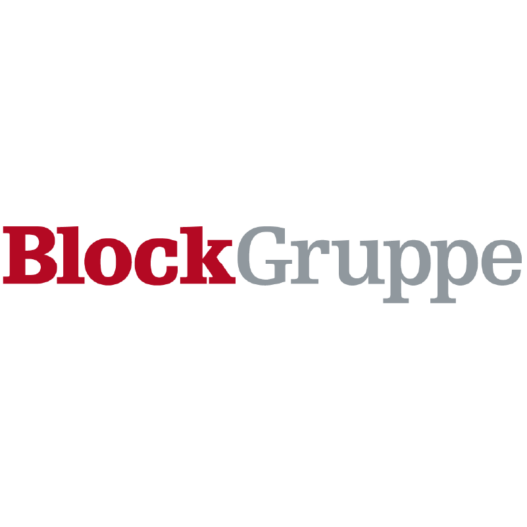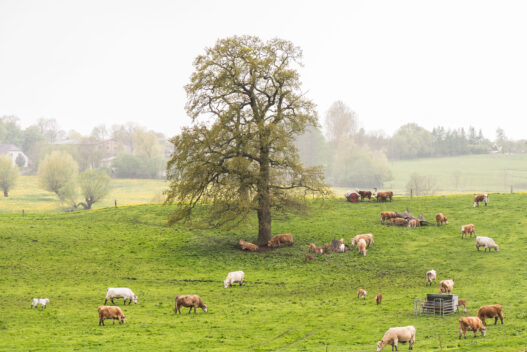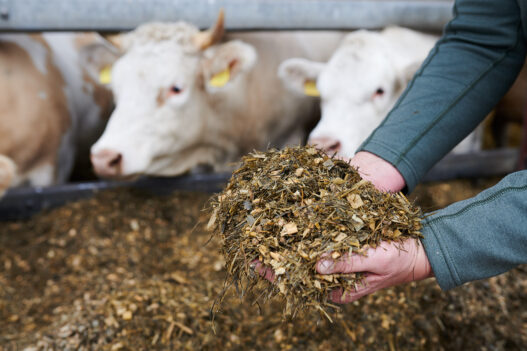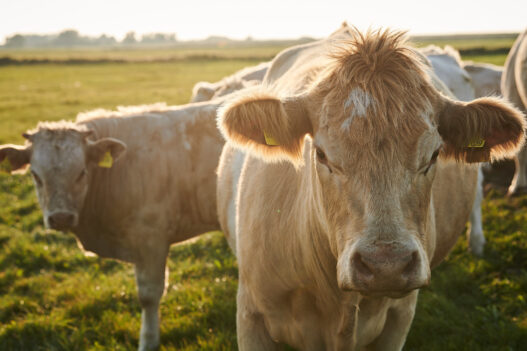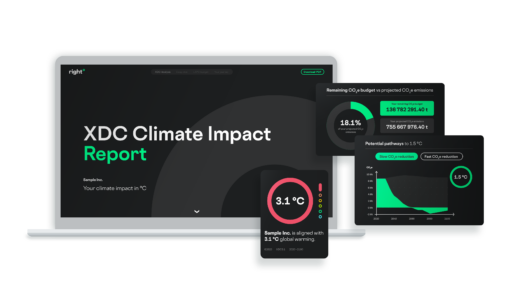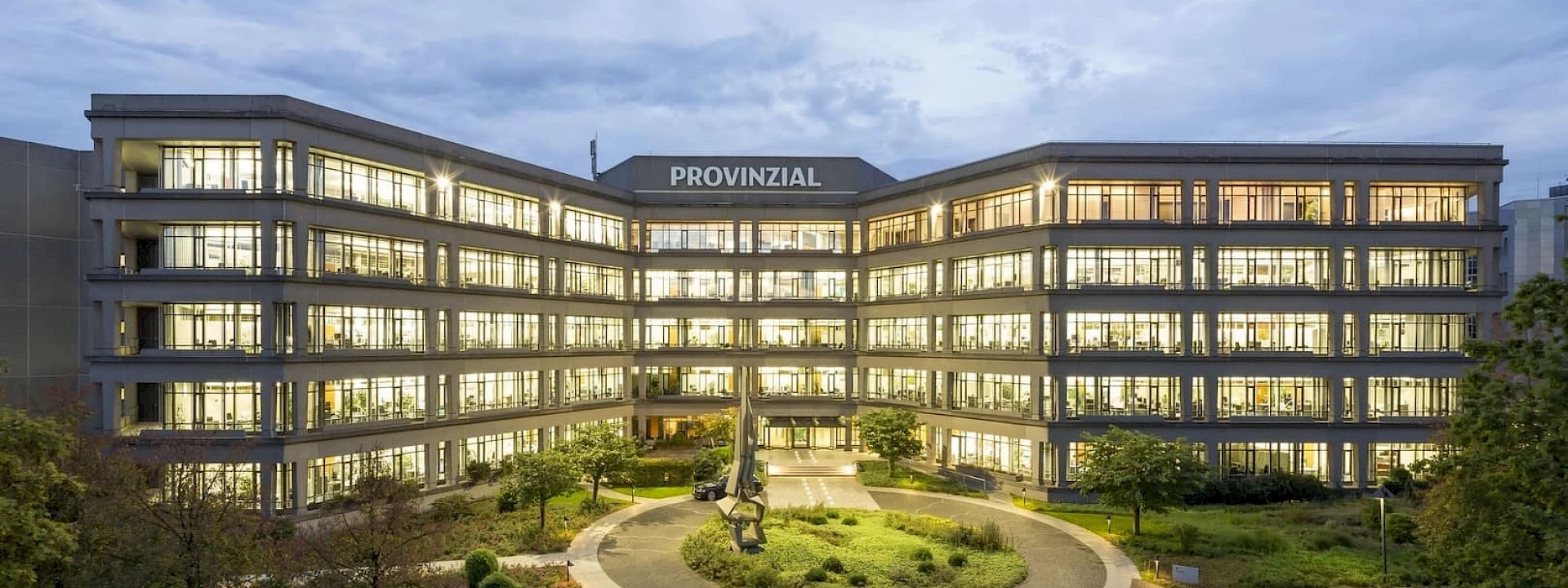A pioneering cooperation
“Society as a whole must reduce our consumption of animal-based foods,” writes the Block Group in their 2021 sustainability report. Meat production always generates emissions. The Scenario Explorer was able to demonstrate, however, that given the right conditions, meat production can in fact be compatible with the 1.5°C goal. To achieve this, a change in agricultural production methods – e.g., closing nutrient cycles – is necessary. The tools from right° provide clarity about Block Group’s climate impact trajectory and empower the company to confidently collaborate with their farmers to execute scientifically confirmed measures that will reduce the climate impact of their meat production to within the 1.5°C goal. Block Group also takes responsibility for its climate impact by actively engaging in partnership projects with agricultural businesses to reduce greenhouse gas emissions in their upstream supply chain. The company is determined to continuously optimise their climate strategy – strengthened and supported by right°’s impact-centric, science-based assessment and exploration tools. On into the future, Block Group will measure the progress of their transformation into a 1.5°C company using the reliable performance indicator degrees Celsius.



